Planning an International Adventure as a Complete C6, Quadriplegic
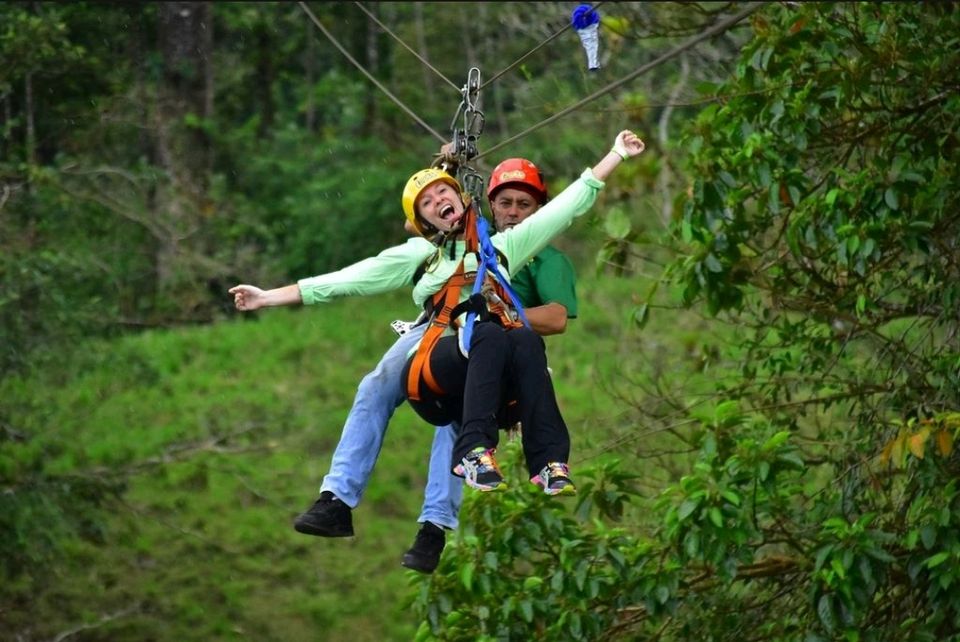
Ali recently traveled to Costa Rica with Wheel the World and made a Youtube video of some of the highlights. Check it out here.
Planning a trip can be exhausting for anyone, but for a wheelchair user there are many intricate elements to consider to ensure you have an enjoyable trip. One of the top issues to consider is the safety of your wheelchair with major commercial airlines.
Additionally, one also needs to consider medical supplies, durable medical equipment, different types of backup wheelchair cushions, arranging travel for caregivers, and much more.
With proper planning, research, and time, any wheelchair user should be rest assured you can have a magical trip. You just need to stay a few steps ahead of the game by pre-planning your travels.
Destination Research
If you are taking an international trip, you need to do your homework on accessibility for your destination. What national or international travel agency will you be using? Who do these travel agencies partner with locally? This is really important. You may find a country you’ve always wanted to visit and you work with a major global accessible travel company; but if they do not have strong local partners who are intimately familiar with safe and accessible adventures on the ground, your trip will likely not be everything you had envisioned.
I recently took a trip with Wheel the World to Costa Rica. Before speaking with them, I did a copious amount of research on areas of the country I really wanted to visit. At the time, I wasn't aware that many adventures labeled as 'accessible' in various articles were actually inaccessible.
Wheel the World partners with local tour operators around the world to train them on how to become accessible and collects all the accessibility details to ensure travelers have reliable information.
All of this is to say, you need to do your homework. You cannot simply rely on a travel company to plan everything. Here are a few key lessons I learned when planning trips and looking at destinations:
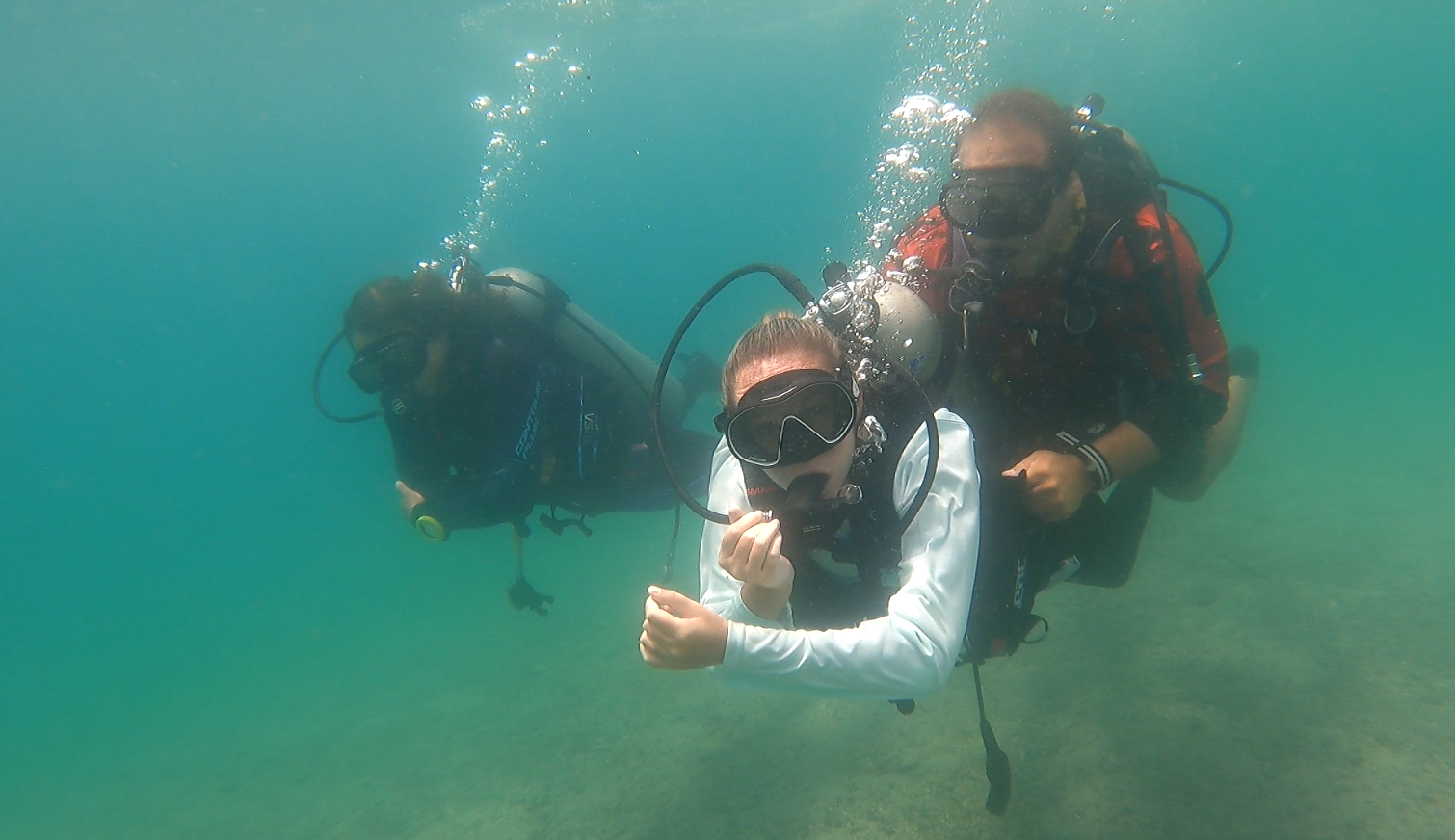
Ask the Right Questions
You know your body best. You know what you need. You know what equipment you require to be safe. For example, as a C6 quadriplegic I suffer from sensitive skin leading to pressure sores developing within a few hours.
I had planned an adventure in the Cloud Forest of Monteverde, with this very cool Joelette chair where I was going to be helped through the forest with one man in the front and one man in the back essentially pushing and pulling me. I knew these chairs would likely be small and so I was therefore going to need my specialized Roho cushion that I sit on with my power chair in a smaller size.
I came prepared with 3 different cushions because I knew I would be picked up and put on so many different surfaces where my larger cushion would simply would not fit. But at the very least you could purchase cheaper memory foam you can cut into different sizes.
This prevented any pressure sore issues I might have otherwise developed, simply because I asked the right question when looking at different adventures with respect to what surfaces I would need to sit on.
Internet Research
When you find a desirable destination you would like to travel to, reading articles will be helpful. If there are accessible activities or locations to go to in the area, there will almost certainly be information or videos online that will help you navigate the accessibility aspects.
I had originally envisioned going to Panama, but I couldn't find accessible travel companies or articles on the types of adventures I was interested in going on. I am personally not into rolling around and going to museums, but rather prefer outdoor, adrenaline-thrilling activities. After spending nearly a week reading up on Panama, I realized this was not the option for me.
While reading an article on Costa Rica, it popped up on my radar as a great destination for me. I then started my research mission and found Wheel the World, among several other travel companies, that focus on accessible rain forest adventures.
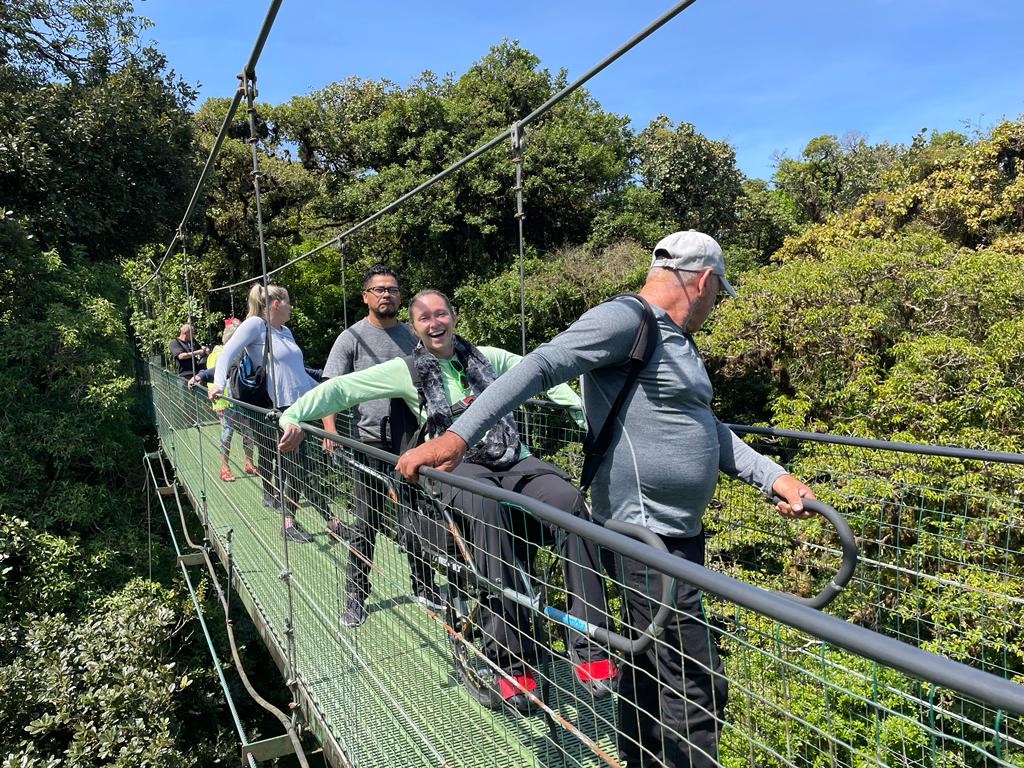
It all comes down to being your own investigative reporter in your own life. Many of us who are full-time wheelchair users deal with a tremendous amount of secondary medical complications, caregiving challenges, and navigating so many unknowns in a day. Honestly, I find that people with disabilities are some of the best creative problem-solvers on the planet.
It benefits you to use this to your advantage when researching destinations for your dream vacation. This does take time, though. It may take an able-bodied person just a month or two to plan for a trip, but it may take up to six months or longer if you’re planning a major trip as a wheelchair user. Make sure to allow yourself this time to do your homework.
If you’re going to spend a great deal of hard-earned money on this beautiful accessible dream vacation, you want to know what you’re getting into, what activities you will be doing, what you would like to do, what’s possible and what’s not. When you arm yourself with information, I find trips generally have a happy ending with the traveler feeling energized and ready to go on another adventure.
Preparing for Travel
This is a complicated one. Each of us with disabilities have our own requirements with respect to equipment, medical supplies, wheelchairs, and so on. Again, you know yourself best. Do you use catheters? How often do you change them? How many extra will you need for a 10-day trip for example? Whatever question you’re trying to answer with respect to how much of any medical supply you would need, I do recommend this:
Pack Extra!
Especially if you are headed off to a foreign country, anything can happen. A flight can get delayed, a car can break down, you could get stuck in the country for a geopolitical issue, etc. Hopefully this doesn’t happen, but if it does you want to make sure that you are covered for at least an extra week or two of medical supplies you may need. How do you do this?
Make a List
I always pull up a Word document on my computer and make a list of all of the supplies I will need. When I am packing, I cross them off the list to ensure I haven’t forgotten a single detail. It’s a little time-consuming, but it has saved me so many inconveniences in the past and potentially saved my life.
Wheelchair Safety
It’s no secret as there are dozens of articles that have been written nationally on this very topic - Airline Wheelchair Damage. Whether it has happened to you or you know someone it has happened to, there is a real possibility an airline will damage your wheelchair due to lack of education or handling.
On my way back from Costa Rica, Delta Airlines damaged my chair. Many of us at the national level are working to amend the United States Air Carrier Access Act to deal with these many issues.
I don’t want you to give up your dreams of a fun, accessible vacation because you are scared of your chair getting damaged. Life happens and sometimes we have to go with the flow. In the meantime, there are few tips and tricks you can definitely employ to mitigate potential damage to your chair:
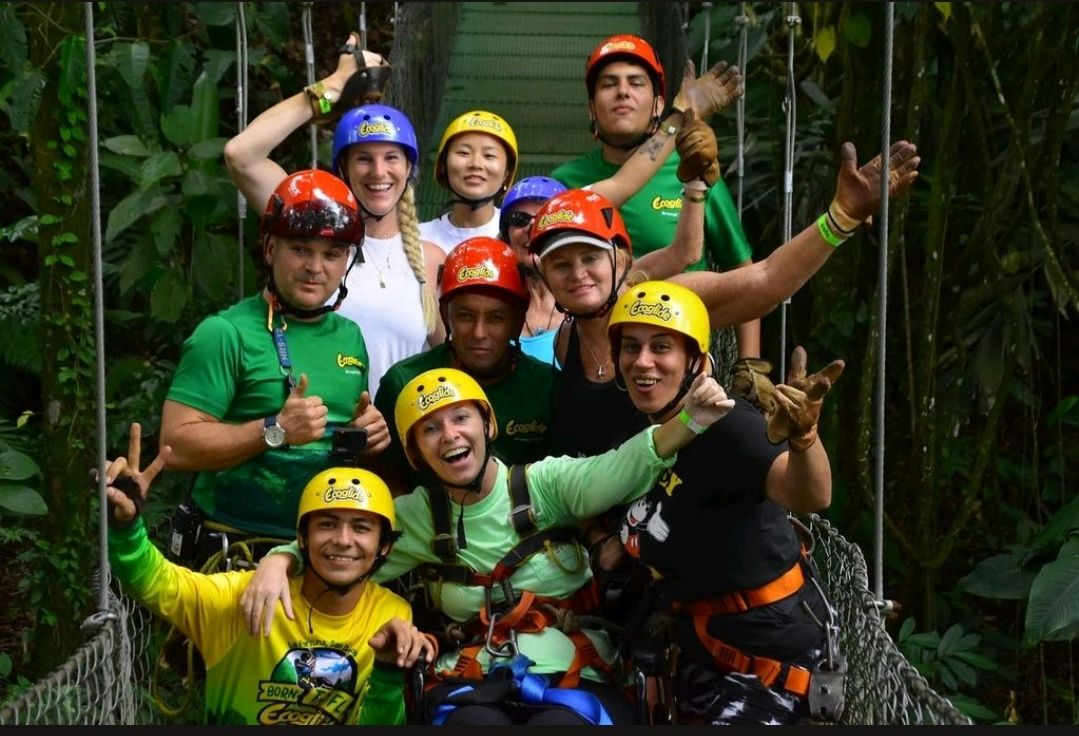
Navigating the Airport and Flight
1. Don't leave it to the airline to know how to package your chair
- With the help of might DME company and some family members, I designed a structure to protect my Permobil F3 wheelchair. This power wheelchair cost nearly $30,000, so I certainly don’t want it to be damaged. One of the most important components to protect is the controller that drives your chair.
- I created a very sturdy box and wrapped the controller with bubble wrap, put a box on top of it, and used velcro straps to keep everything tied in neatly together.
- I then proceeded with shrink wrap around the entire chair.
- Unfortunately, TSA cut through the shrink wrap and did not package the chair back properly together. Sadly, this was out of my control. However, even though they damaged my wheelchair on my return flight, the packaging I had created around the controller ultimately saved the wheelchair and I ended up with mostly cosmetic damage.
- We can’t control everything. But, we can mitigate the potential damage our chair may incur if it does get handled improperly.
2. Make sure to fill out the proper forms
- Every airline has a form that you can fill out to show and explain the state of your wheelchair prior to departing. These forms also allow you to give instructions on how to handle your wheelchair, and although they don’t always follow them, at least you have it in writing.
3. Take Pictures
- If your chair is damaged during the flight, it’s important to have pictures of what you chair looked like before it went on the airline.
4. Going through TSA
- I learned this the hard way. Certain departure gates have these large x-ray machines where they can put your entire chair through. What this means is that if you went to great lengths to package up your chair safely then they can just put your chair through the big x-ray machine.
- However, certain departure gates do not have these large x-ray machines and it is the responsibility of TSA to swipe your wheelchair for all kinds of different residue, but you are not allowed to help them package it once they are done.
- In fact, you are not allowed to touch anything on your chair when they are done. You have to direct them how to try to tape back up your wheelchair, which I don't recommend. Therefore, make sure to ask about this at the airport.
Important Personal Considerations
Whenever I am traveling, domestically or internationally, there are a few tips and tricks I use that I highly recommend every wheelchair user follow:
- Plan way in advance. I suggest giving yourself 6 months or longer.
- Do your homework and talk to multiple travel agency companies. Ask them very specific questions. For example, if you see a boat tour that says it’s accessible, make sure to ask how you get on the boat. Where do you sit? Can you sit in your wheelchair? How long is the ride? Will you need to get out of your chair? What’s the temperature? What if there's an emergency?
- Prepare your wheelchair for flying (Discussed above)
- Create an exhaustive travel packing list for your specific needs and pack extra supplies.
- Know your rights.
- You have a lot of rights when you fly as a person with a disability. Print out these pieces of paper when you travel.
- For example, I always travel with a spare folding manual wheelchair just in case they damage my power wheelchair.
- Did you know that with the Air Carrier Access Act they are legally required to put your folding manual chair on the plane with you? If they don’t have a storage compartment, they are legally obligated to tie it to the back of another airline seat and kick another passenger off if the flight is full.
- Well, I can certainly tell you that the gate agents don’t know this, but if you show them the law because you have a printed-out piece of paper you will be good to go!
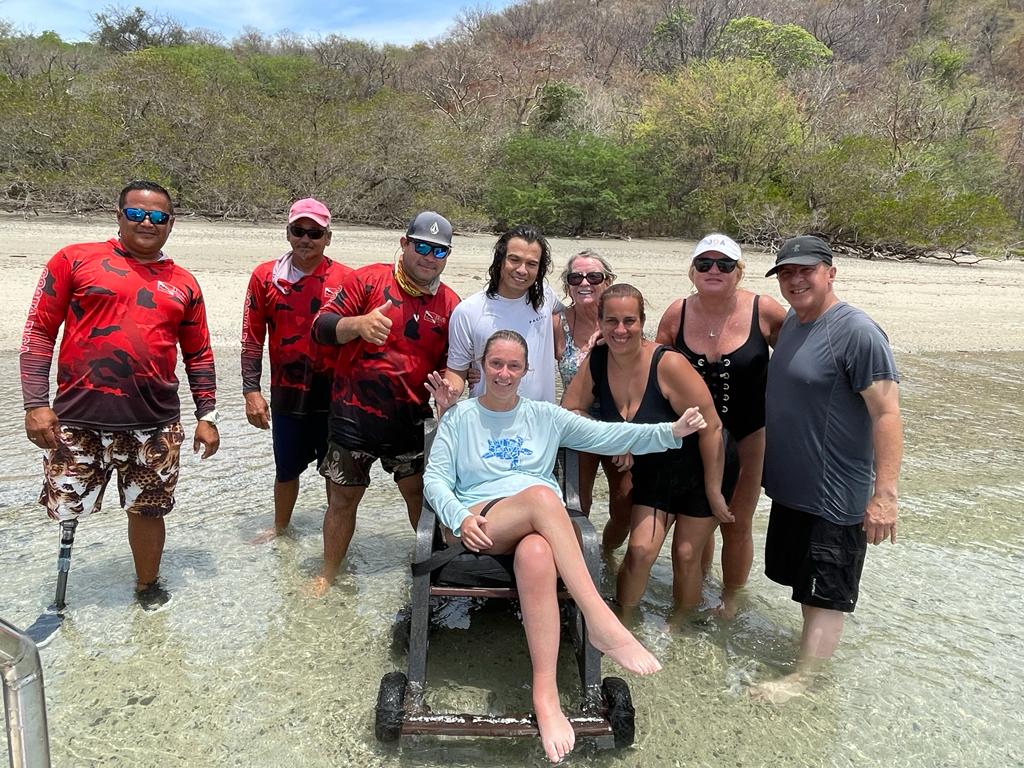
I know traveling can seem daunting as a wheelchair user, but I assure you it can be a magical experience with the proper planning. Life is all about planning. As a person with a disability, if you are reading this, I know you deal with so many challenges in your life with respect to navigating the medical health insurance system, employment, disability rights, and the list goes on. Planning for a trip is no different. It’s not hard, but you just need to be a little more meticulous, thoughtful, and take your time to make sure that your trip is as enjoyable as mine was to Costa Rica!
Find Your Next Guaranteed Accessible Trip
Wheel the World offers a variety of accessible accommodations, activities, group tours, and multi-day trips worldwide.
Join Our Facebook Group
A community to discuss accessible travel, share tips, advice, and meet other travelers.


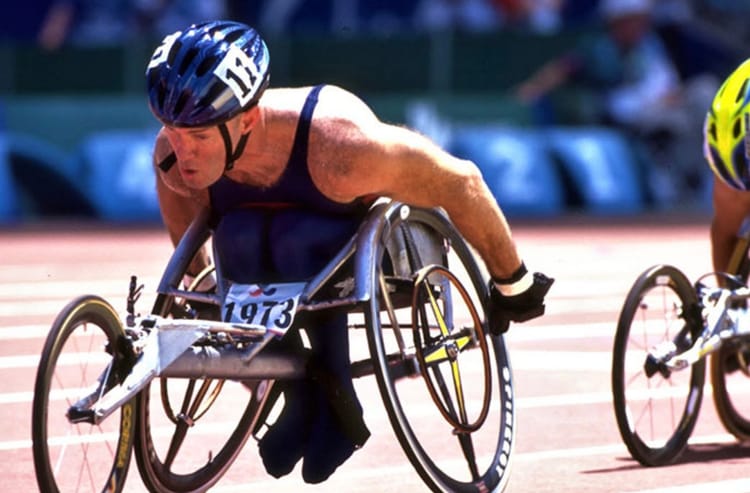
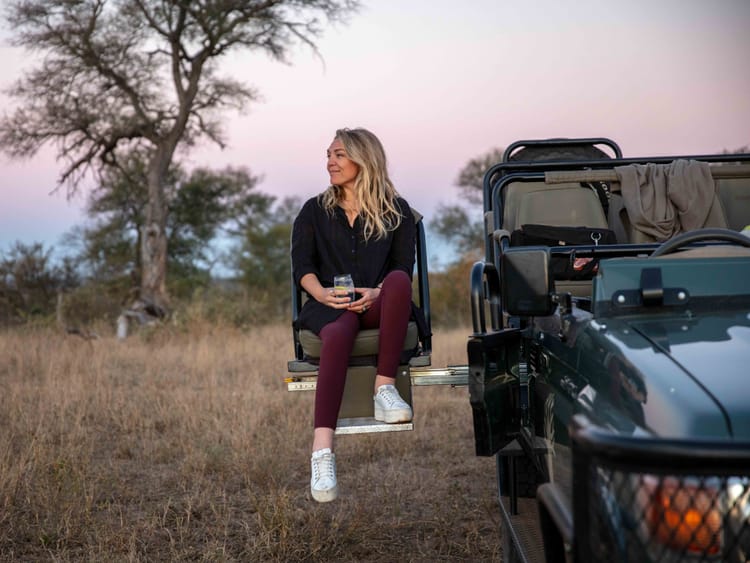
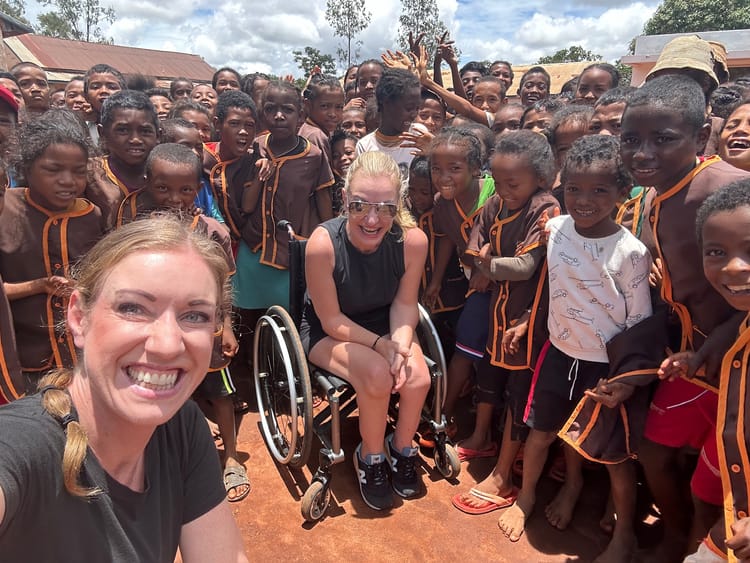
Comments ()